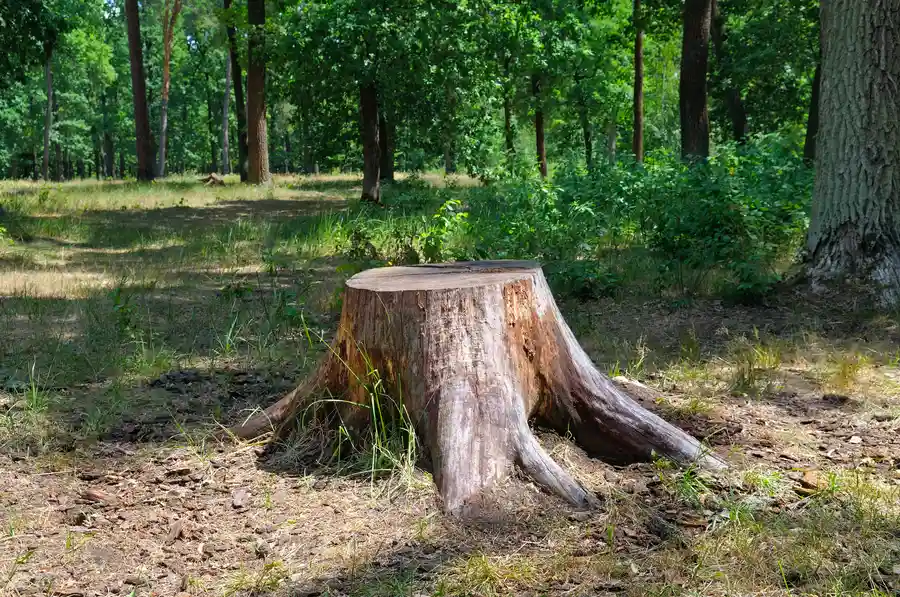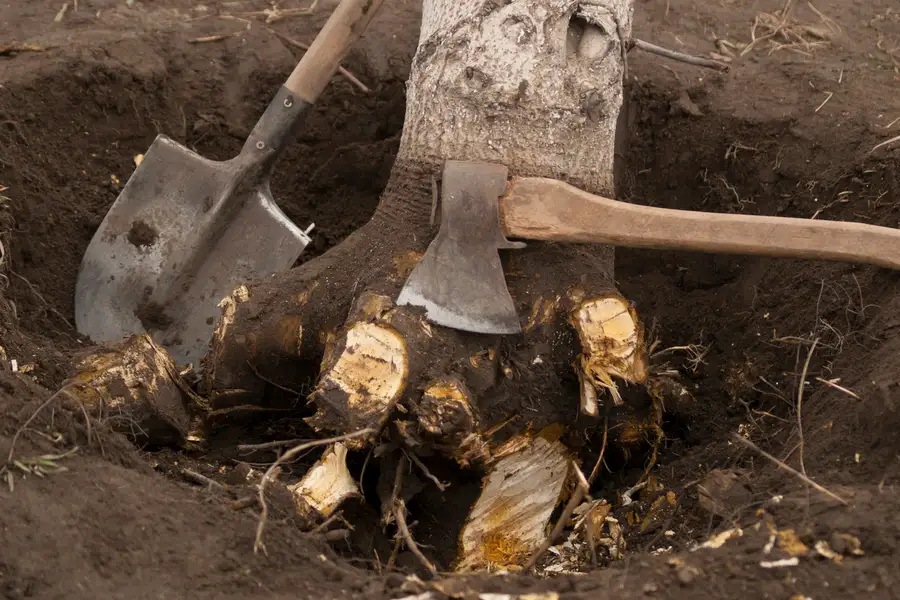Exploring Eco-Friendly Ways to Handle Leftover Tree Bases
When trees are removed, the stumps left behind can lead to various environmental effects. Understanding the implications of different tree stump removal methods is crucial. These methods impact soil health, plant growth, and carbon emissions. It’s essential for landowners and gardeners to choose effective but eco-friendly solutions.
Why Tree Stump Removal Matters
Tree stump removal is an important part of land management. Leaving stumps can hinder new plant growth and become breeding grounds for pests. In some cases, they may also pose safety hazards. Removing them ensures land is ready for replanting or other uses, maintaining the ecosystem’s balance.
Diverse Methods of Stump Removal
There are several approaches to removing tree stumps. Each has different environmental impacts. Methods include grinding, burning, chemical treatments, and natural decay. Choosing the right method depends on factors like time, cost, and environmental considerations.
The Impact of Burning Stumps
Burning tree stumps releases carbon dioxide into the atmosphere. This contributes to air pollution and climate change. While it’s a quick removal method, its environmental costs are significant. Alternatives should be considered to minimize ecological damage.
Chemical Treatments: an Overview
Chemicals can speed up stump decomposition. However, they often contain harmful substances that leach into the soil. This affects nearby plant life and water quality. For environmentally conscious individuals, this method poses serious concerns.
Natural Decay as an Alternative
Allowing stumps to naturally decay is the most eco-friendly option. It requires patience but avoids chemical harm and air pollution. The process enriches soil with organic matter, promoting healthy plant growth in the long run.
Grinding Down Stumps
- Grinds stumps into small wood chips
- Avoids large-scale disruptions to the soil
- Produces mulch that can benefit garden beds
- Considers energy consumption during operation
Mitigating Soil Erosion Concerns
Removing stumps can increase erosion risks by destabilizing the soil. Planting grass or ground cover plants afterward can help stabilize the area. This approach prevents further environmental degradation while ensuring landscape stability.
Cost Considerations for Landowners
The cost of stump removal varies based on the chosen method and stump size. Grinding services might cost more upfront than letting nature take its course but offer immediate results. Weighing these options can help you decide what’s best financially and environmentally.
Practical Tips for Environmentally Friendly Stump Disposal
- Assess your landscape needs before choosing a method
- Consider natural decay if time allows
- Use grinding as a middle-ground choice for speed and sustainability
- Avoid chemical treatments whenever possible
- Plant vegetation promptly to reduce erosion risks
Reach Out for Professional Advice
If you’re unsure about which method to select, consult with professionals who specialize in sustainable landscaping practices. Located in Montville, CT, our team at Berrys Tree Service LLC offers guidance tailored to your needs. For expert support, call us at (860) 333-0073 today. Together, we can make choices that benefit both you and the environment.


